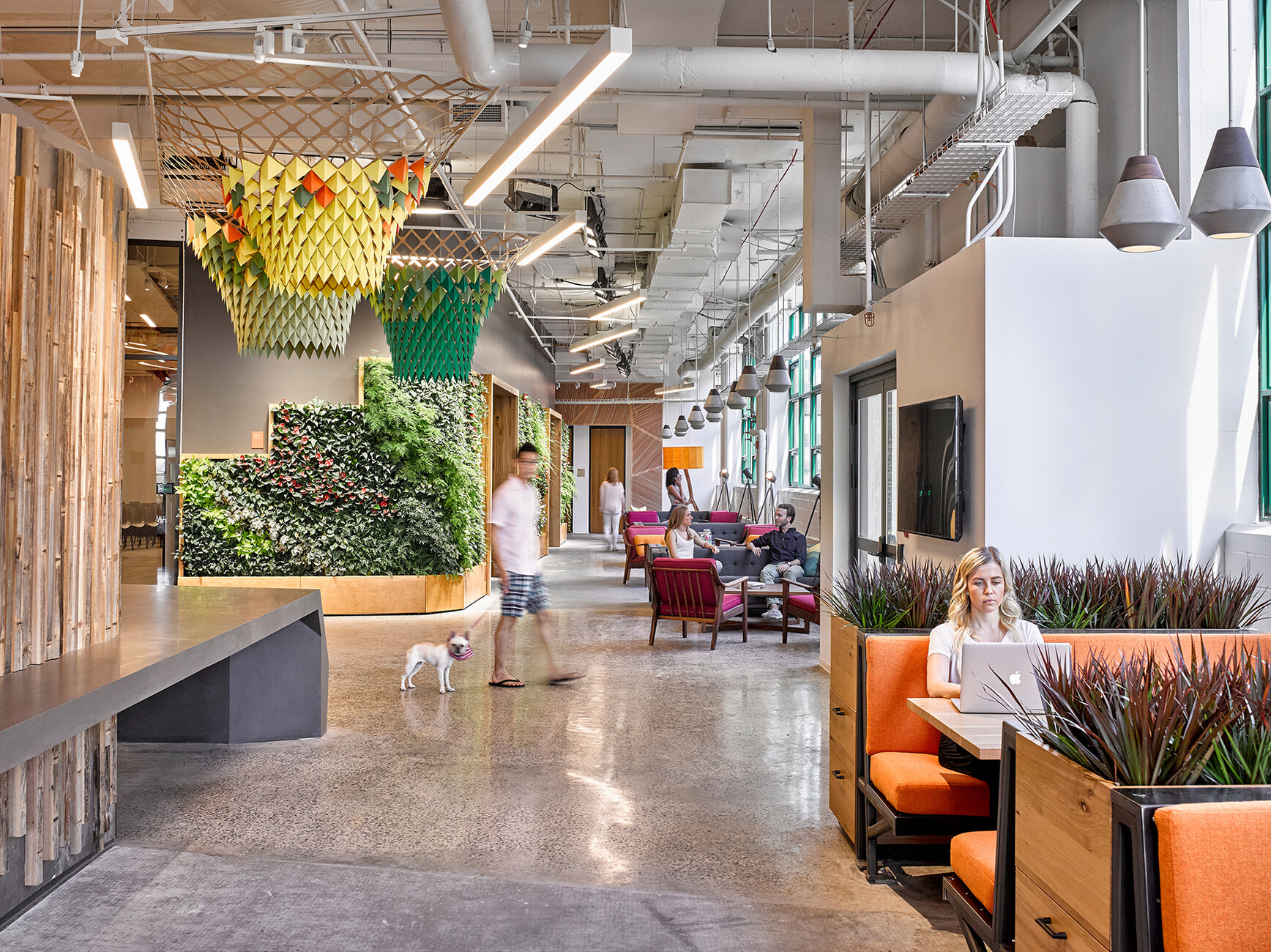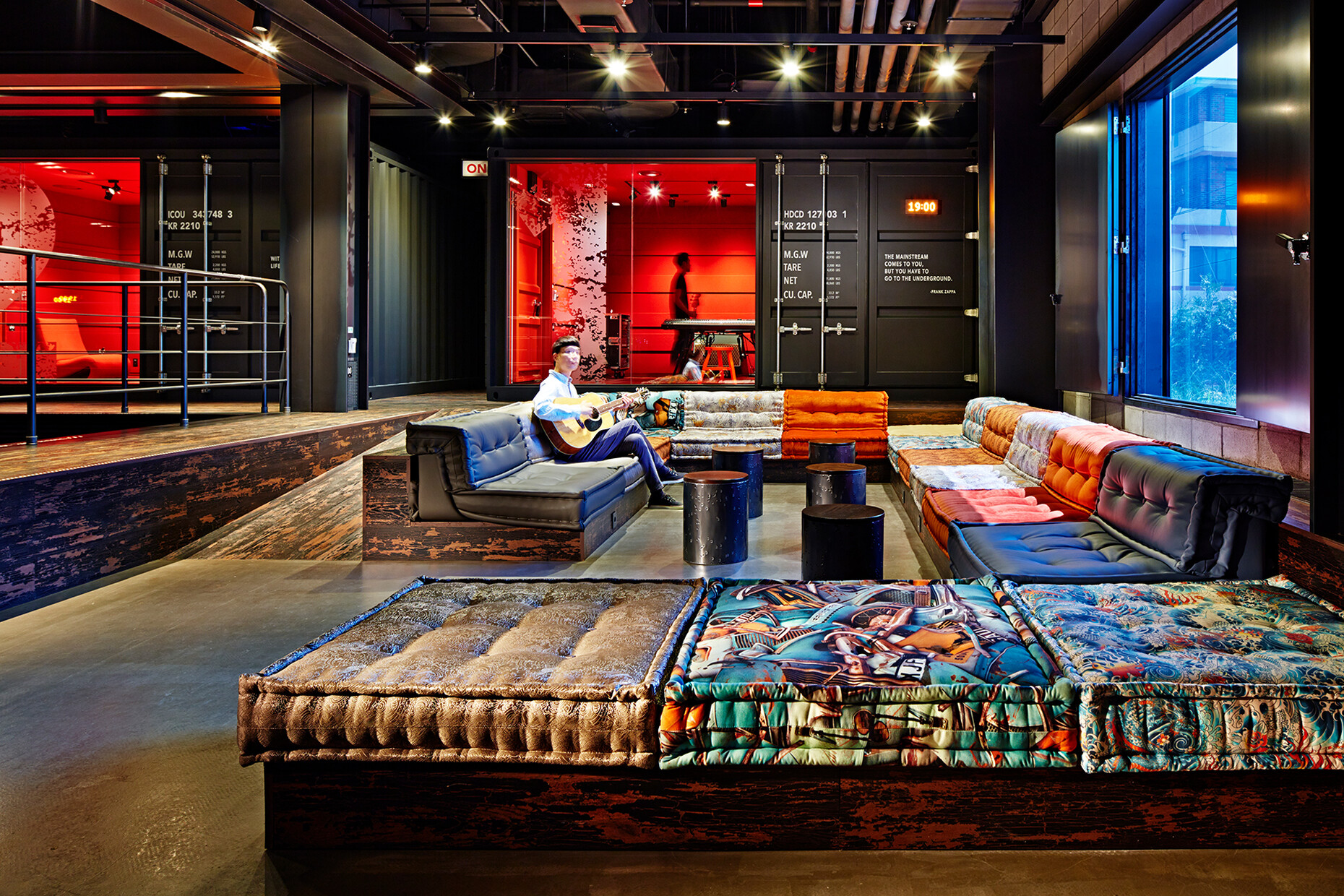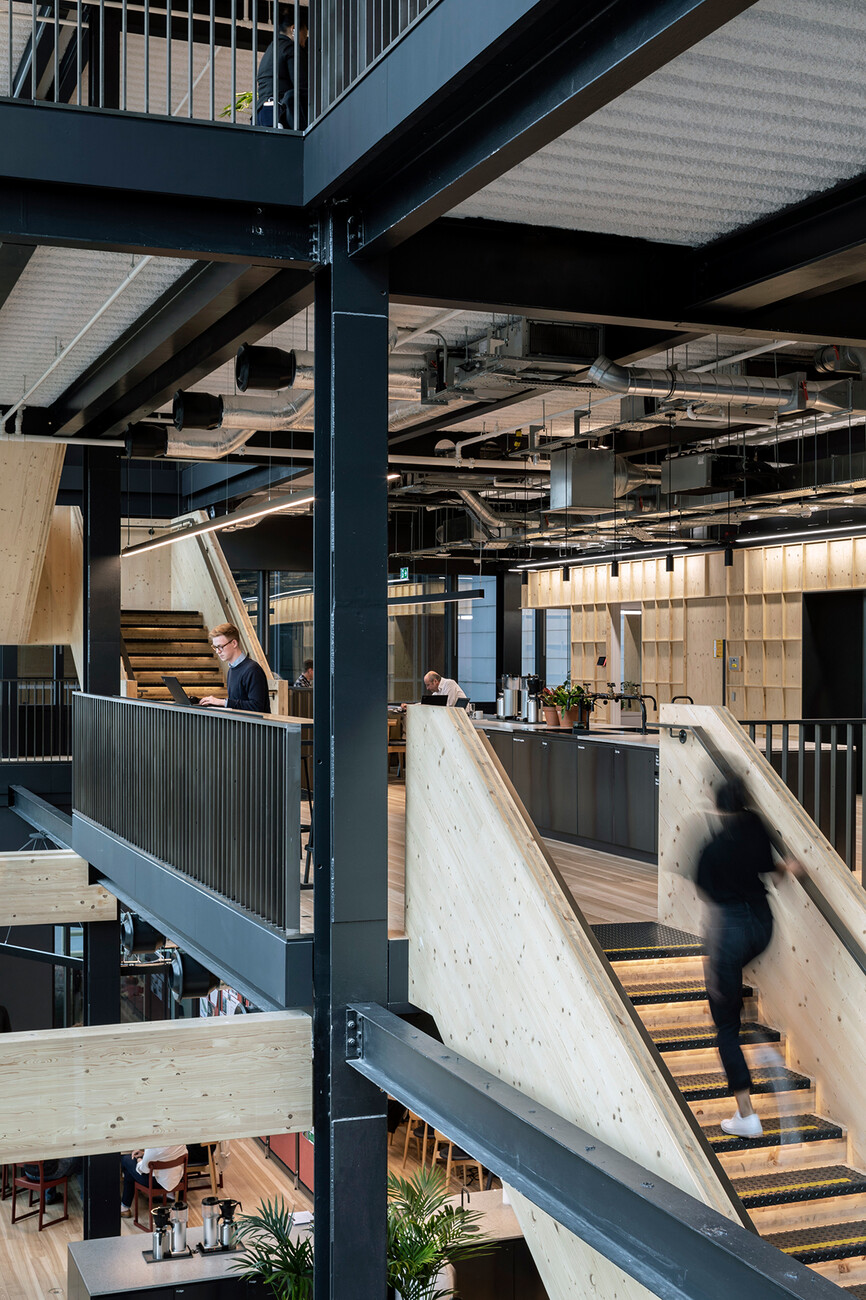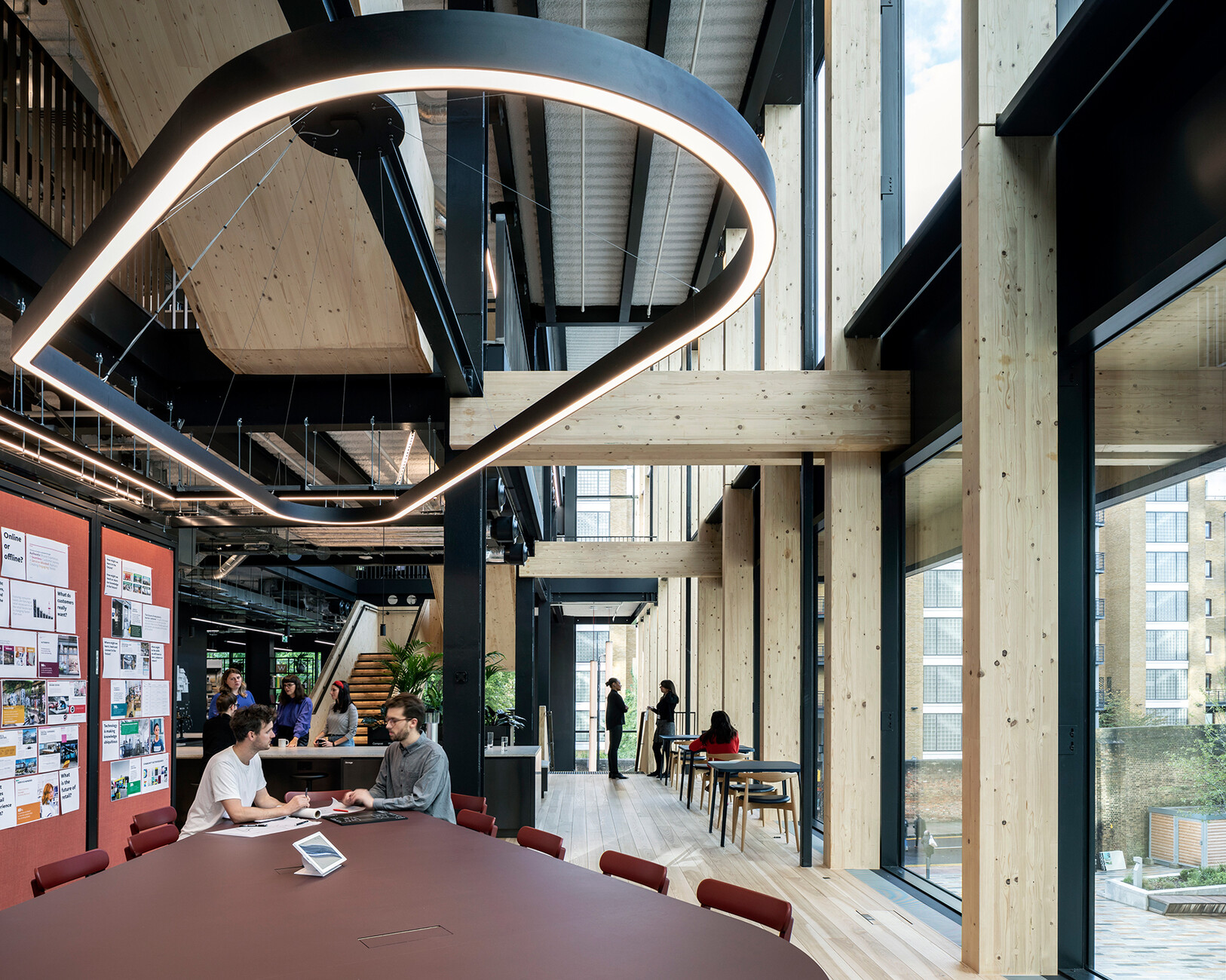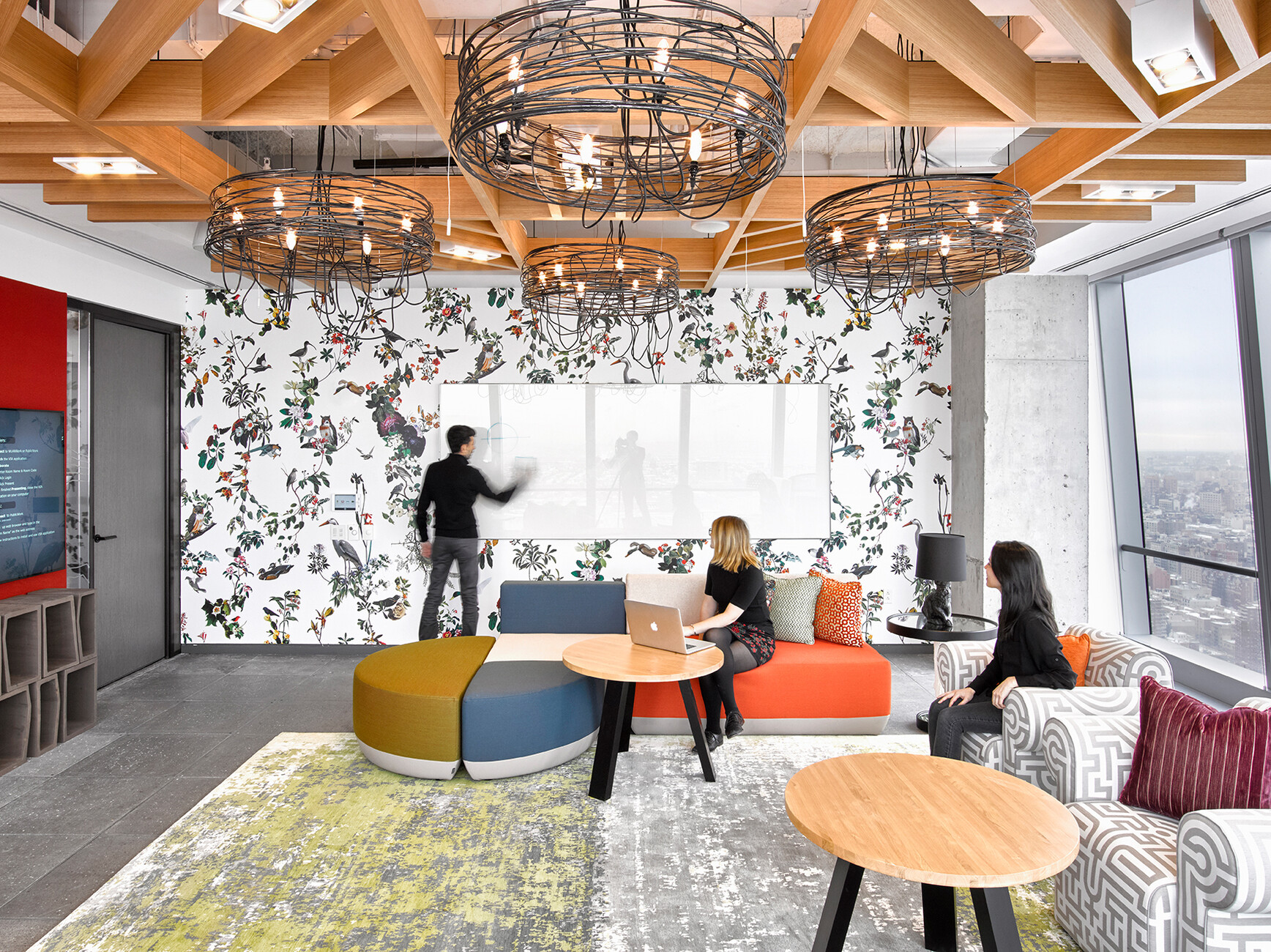STYLEPARK SIGEL
Opportunities in the crisis
Franziska von Schumann: Mr Tidd, what does “New Work” mean to you?
Philip Tidd: There is nothing inherently new about the idea of “New Work”. The movement has existed for over 25 years, and was originally founded by Frithjof Bergmann. The difference however is the pandemic has brought a seismic shift in the way people work which will likely be irreversible post pandemic. We need a new way of thinking; you might say a “New New Work”. Before the pandemic companies that allowed many staff to work remotely were kind of the exception, now they are the rule.
What were the reasons in your opinion for home office not asserting itself in those areas of work where it was possible before the pandemic?
Philip Tidd: With hindsight, what we see now is that a barrier to more Working From Home (WFH) en masse was down to a lack of trust from managers to their employees. Many managers were convinced that employees working remotely, unseen and not in the office, would not be quite as productive and it was difficult to convince them otherwise. But as a result of the pandemic, WFH has become unavoidable for many. Even in those countries with a strong leadership culture of presenteeism, such as in some countries in Asia where the concept of working remotely would have been inconceivable, this barrier has now fallen. Moreover, video calls – a technology we relied on for many months for communication alongside emails and phone calls, and still depend on to some extent today, has added a more personal note to work. It has connected employers and employees on a more human level because they gained an insight into other personal situations and have had to deal with similar challenges such as juggling family and home office.
Where do you see the advantages of working from home? What has the pandemic altered?
Philip Tidd: Many people have no desire to return to their pre-Covid regular office because they have experienced first-hand the advantages of working remotely. In Germany in particular, offices tended to be very practical and on the whole were not designed as a tool for attraction. Our research has revealed that employees working 3.5 days in the office reported higher levels of innovation and productivity. People should be able to structure the rest of their work time individually. Most complaints about open-plan offices have to do with being disturbed by noise or interruptions by colleagues. Greater concentration is needed for some tasks than for others, and this is where home office comes in. It would be good if employees were given the choice. Prior to the pandemic this flexibility was a problem in many jobs, but now it is an opportunity, and juggling family and job is also easier when you have more flexibility. One thing to emerge from our 2019 German Workplace Survey - which looked at peoples behaviours and attitudes towards work - was that there is a considerable need for change in our working environments in Germany. People favour a switch to more open environments, collaborative work areas with spaces for privacy and concentration. Employees want to feel more at ease at work, and office design is a decisive factor. People that feel more at ease at work are also generally more productive. A key insight from the Gensler study on work environments is that the quality and configuration of the workplace has a direct impact on the productivity of employees and innovation in the company.
Do you also see dangers in the trend towards working remotely?
Philip Tidd: The downside is that people have been perhaps working too hard when they are based at home because they lack the usual structure and varied routines they usually get in the office. Video meetings and calls can sometimes get too much. That results in people feeling stressed and more fatigued; they spend the whole day staring at a screen and only get around to their actual work in the evening when regular office hours are long since over. There is also the danger of working remotely having an adverse effect on wellbeing and health if people do not move about enough and ensure they are getting a balanced diet.
So, do we need a hybrid model and has the office as we know it had its day?
Philip Tidd: No. All we need is a new version of the old model. If you look at the history of office design, it has not altered decisively in the fundamentals for a long time. And if for no other reason we should not want to forgo offices completely because they have a key role to play. Socialising at work with others is important for confidence, collaboration and building social capital. And the quality of discussions is better if you know each other personally. Moreover, the physical office is important for a corporations ability to successfully cultivate a corporate culture. So, we ought to create places for collaboration, for activities and events.
That will also have an impact on the real-estate market. Do you think going forward we’ll need less space for offices in our cities?
Philip Tidd: It is hard to predict at this stage. The demand for traditional offices spaces may reduce but on the other hand the demand for different types of office space – perhaps more in a ‘hub and spoke’ model may increase. And if we move to a more ‘distributed working’ model, this could then create interesting opportunities for regional, local co-working spaces in our villages so that those employees who live in the outskirts of a larger city no longer need to commute to the office every day. Before the pandemic the focus was on big cities. If we can work more flexibly, we may start to look for more attractive places to work. Closer to nature or to the home. But I believe it will be a combination of both, not one thing or the other. The post-pandemic world will be more ‘blended’ and less ‘binary’.
Do you also see this trend as also having an impact on the architecture of office buildings?
Philip Tidd: I think it would be interesting to have sustainable office buildings that are lower than before and whose facades can be opened up completely. The lockdown showed us how much we need a connection to nature and the extent to which the situation – changed our habits and, made better use of technology and traveled less - has improved the environment.
So, you see opportunities for architects and designers?
Philip Tidd: I think the opportunities lie in reinventing office space, making it more organic, more flexible. Hybrid meetings that are physical and virtual at once alone may not work in the long term. If you want to feel a connection to a firm you need a different kind of space. And then there are the new requirements relating to air purification and hygiene. So, we need new technology concepts and ideas for the interior design. We ought to make use of this opportunity to create something new.


